

The Royal Bank of Scotland Logo History, Colors, Font, and Meaning
source link: https://www.designyourway.net/blog/royal-bank-of-scotland-logo/
Go to the source link to view the article. You can view the picture content, updated content and better typesetting reading experience. If the link is broken, please click the button below to view the snapshot at that time.

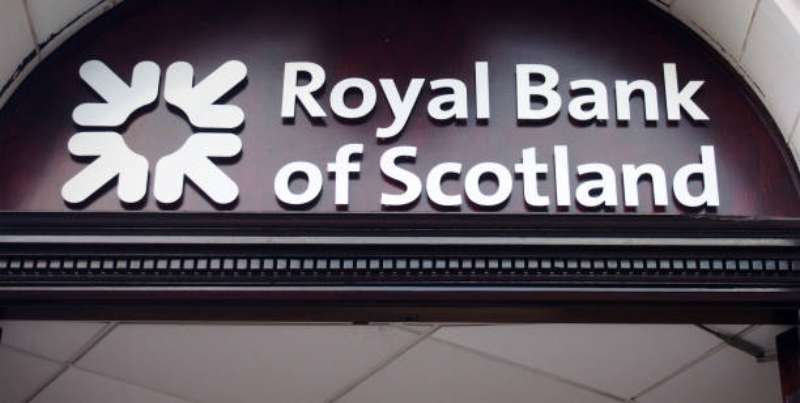
The Royal Bank of Scotland Logo History, Colors, Font, and Meaning
Royal Bank of Scotland Logo – a story, a statement, a brand.
But where to start?
- The Color: Royal blue, a hue that’s deep and true. Think ocean depths and midnight skies.
- The Symbol: An emblem that speaks volumes, a crown, an echo of the legacy, a whiff of grandeur.
- The Type: Solid. Sturdy. A font that stands tall in any storm.
Each element, a piece of the puzzle, coming together to create an image that screams – ‘Trust’.
But it’s not just a logo, it’s an identity, a beacon in the sea of finance. It’s a lighthouse guiding ships, a star for the lost traveler. It’s a symbol of solidity in a world that’s ever-changing.
Crafted with precision, each curve, each line, each pixel, all telling a tale of tradition and innovation, of stability and change, of the past and the future.
Hold on tight, folks.
We’re about to dive deep into the journey of the Royal Bank of Scotland Logo – from its humble beginnings to its powerful presence. Let’s unearth the stories behind the color, the symbol, the type. Let’s unravel the art of creating an identity.
Get 300+ freebies in your inbox!
Subscribe to our newsletter and receive 300+ design resources in your first 5 minutes as a subscriber.
Are you ready?
Let’s go.
The Meaning Behind the Royal Bank of Scotland Logo
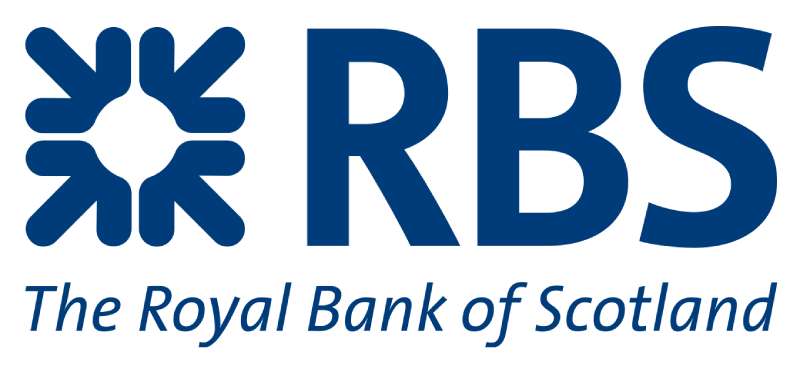
There’s something magical about logos, right? Like, they’re tiny pictures telling massive stories. Let’s dive into one such tale – the Royal Bank of Scotland’s logo, affectionately known as the “Daisy Wheel”. It’s not just a pretty design, but a symbol carrying profound meaning.
You see, the Daisy Wheel is an abstract emblem, comprising four inward-pointing arrows. Imagine this: you’re standing in a gallery, squinting at a modern art piece. That’s what it feels like when you first lay eyes on the Daisy Wheel. But once you know the story, you’ll never see it the same way again.
Ready for the story? Here we go.
The logo actually symbolizes an arrangement of 36 piles of coins in a 6×6 square. Hold up, you’re thinking. Coins? Yep, that’s right. It’s a metaphorical representation of the accumulation and concentration of wealth. Deep, right? And remember, this isn’t just about the bank piling up dough – it’s about focusing wealth in the interests of customers.
This symbol was born when the Royal Bank of Scotland merged with the National Commercial Bank of Scotland in 1969. Picture two mighty rivers merging, with the Daisy Wheel as the resulting powerful current.
Historically, the logo used to be a coat of arms. Very regal, I know. But with the merger, they chose to go for something more abstract and symbolic. The Daisy Wheel was used in dark blue when standing solo, and in white on a dark background.
In 2014, they switched things up again. The bank’s full name returned in print and television ads, but with a twist: they dropped “The” from the name. By 2016, this was confirmed as their official branding.
Voila, that’s the story of the Royal Bank of Scotland logo. A tiny image, a huge narrative. Next time you spot it, remember – you’re not just looking at a logo. You’re looking at history, ambition, and a promise of focused wealth. How’s that for a logo?
The History of the Royal Bank of Scotland Logo
From Simplicity to Sophistication
Back in 1968, the first logo of the Royal Bank of Scotland was born. It was simple, elegant. A plain text logo, with a clear and direct message.
Fast forward to 1987, the bank felt the need for a change. And so, the dexter, the horse, and the castle made their grand entry.
The Evolution
Over the years, the logo has been tweaked and fine-tuned. The horse got sleeker, the knight’s armor shinier. The castle too underwent changes, becoming more defined. Each modification aimed at making the logo more appealing and keeping it relevant.
Advertisement
The Colors of the Royal Bank of Scotland Logo
The Power of Blue

Blue. It’s not just a color. It’s a symbol. A symbol of trust, confidence, and stability. And that’s precisely why the Royal Bank of Scotland chose it.
Blue is the dominant color in the logo. It communicates the message of the bank’s reliability and dependability.
The Subtlety of Silver
The secondary color in the logo is silver. It’s a color associated with prestige, wealth. The perfect choice for a bank, right?
The Font Used in the Royal Bank of Scotland Logo
A Statement of Elegance
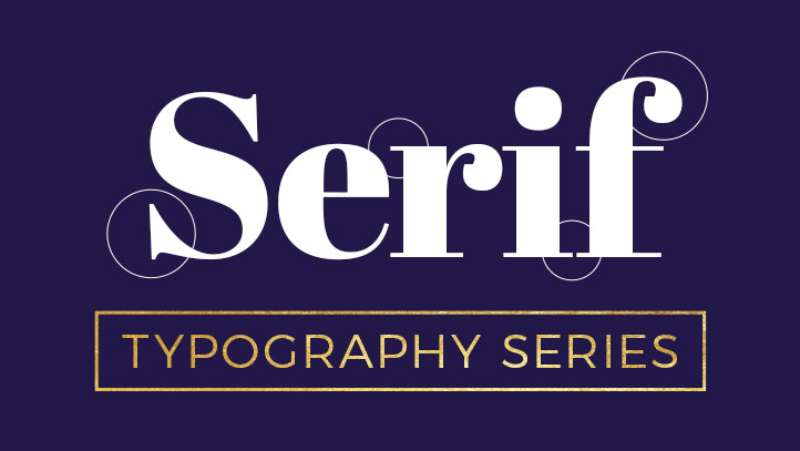
The font is everything in a logo. It’s like the voice of the brand. The font in the Royal Bank of Scotland logo, it’s a classic serif typeface. It screams elegance, sophistication, and tradition.
The Elements of Balance in the Logo
The Art of Symmetry
The Royal Bank of Scotland logo isn’t just a visual treat. It’s a study in balance and symmetry. The dexter, the horse, and the castle, they’re all perfectly aligned. It’s this symmetry that gives the logo its sense of stability and harmony.
The Golden Ratio
Ever heard of the Golden Ratio? It’s a mathematical principle found in nature, art, and design. And yes, it’s in the logo too. The size, the placement of each element, they all adhere to this principle. It’s what makes the logo so pleasing to the eye.
The Reception of the Logo
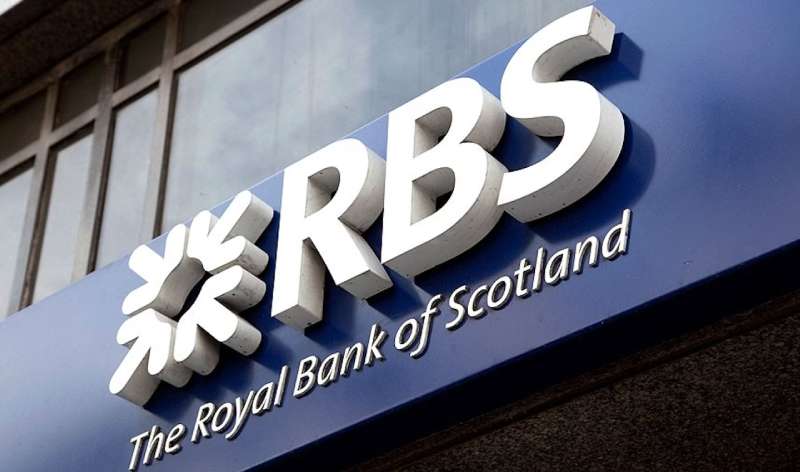
Public Perception
Logos aren’t just about aesthetics. They’re about the emotions they evoke. The Royal Bank of Scotland logo, with its knight and castle, strikes a chord with the Scottish people. It’s a piece of their history, their culture. It’s something they connect with.
Industry Recognition
In the world of design, the logo has received applause for its thoughtfulness and creativity. It’s appreciated for its perfect blend of tradition and modernity, for its balance and harmony, for the story it tells.
The Impact of the Logo on Brand Identity
Brand Image
A logo is the face of a brand. The Royal Bank of Scotland logo, with its knight and castle, projects an image of strength, trust, and heritage. It gives the bank a distinct identity, sets it apart from the crowd.
Brand Recall
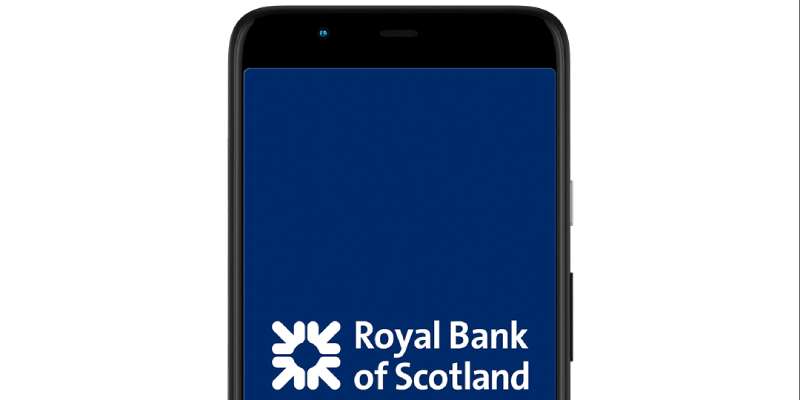
The unique elements in the logo, the knight, the horse, the castle, they make it memorable. People see the logo, and they instantly recognize it as the Royal Bank of Scotland. That’s the power of a well-designed logo. It sticks in your mind.
So, there you have it. The Royal Bank of Scotland logo. A piece of art. A story. A symbol of trust. It’s not just a logo. It’s a promise. A promise of stability, of trust, of heritage. And it delivers on that promise, every single time.
FAQ on the Royal Bank of Scotland Logo
What’s the history behind the Royal Bank of Scotland Logo?
Oh, the history, it’s pretty neat. The logo for the Royal Bank of Scotland (RBS) is rooted in Scottish heritage. The logo features a dashing stallion in mid-gallop, which symbolizes strength and speed. It’s been a part of the bank’s visual identity since its establishment in 1727.
The stallion was an emblem of one of the founding constituents of the bank. There’ve been tweaks over the years, but the essence remains the same.
How has the logo evolved over the years?
The RBS logo has seen its fair share of updates. While the galloping stallion has always been a part of it, the stylization and accompanying elements have varied. It started off as a more detailed, realistic representation.
Over time, it’s been simplified and modernized to resonate with contemporary design trends. Although the changes have been subtle, they’ve ensured the logo remains relevant in a changing banking landscape.
What does the color scheme of the logo signify?
Ah, the color scheme, it’s pretty interesting. The Royal Bank of Scotland’s logo is predominantly blue and white. Blue represents trust, loyalty, and wisdom, which are essential values for a financial institution.
The white is for purity and integrity, which again, are key for banking. It’s no accident that these colors were chosen – they’re designed to convey a sense of reliability and security to customers.
Is there any significance to the direction the stallion is facing in the logo?
You know, I’ve heard this one a few times. The stallion in the RBS logo is seen galloping towards the left. Some interpret this as a nod to the bank’s respect for tradition and history.
The left direction could symbolize looking back and honoring the past. However, the bank hasn’t officially commented on this aspect of the logo. It’s a bit of logo lore, if you will.
Are there any hidden meanings in the logo?
Hidden meanings, eh? Well, not so much “hidden” as subtly conveyed. The stallion symbolizes strength and speed, as I mentioned before. The color scheme conveys trust and integrity. But as for secret symbols or messages? Not that we know of.
The Royal Bank of Scotland’s logo is pretty straightforward in its symbolism. It’s all about projecting an image of reliability and heritage.
Has the logo been controversial at any point?
Now that’s a question. As far as I know, there hasn’t been any major controversy surrounding the RBS logo. Some folks might not resonate with the design, sure, but that’s the case with any logo.
There hasn’t been any public backlash or scandals tied to the logo, which is a good thing. It seems the bank has managed to maintain a design that’s both meaningful and uncontroversial.
Why was a stallion chosen for the logo?
Well, the stallion was chosen for its symbolism. In heraldry, the horse is a sign of readiness for all employment for the king and country. It suggests loyalty, speed, and power.
All these are traits you’d want in a bank, right? The Royal Bank of Scotland wanted to project these qualities, and what better way to do that than with a gallant stallion?
How often has the logo changed?
The logo hasn’t seen many major revamp. It’s been refined and updated over the years, but the core elements remain the same. The most notable changes have been to the stylization of the stallion and the typeface of the bank’s name.
The color scheme has stayed consistent. So, while it has evolved, it’s been more about gradual changes rather than frequent, drastic redesigns.
Is the current logo likely to change?
Well, the future is always a mystery, isn’t it? Banks like the Royal Bank of Scotland tend to keep their logos pretty consistent to maintain brand recognition. But that’s not to say they won’t change it. Design trends evolve, and brands often adapt to stay relevant.
If they do decide on a change, it’ll likely be a subtle update, keeping the core elements intact. But for now, there’s no word on any impending changes.
What does the public think of the logo?
Public opinion, eh? Well, it varies. Some people love the traditional, heritage-rich design. Others might prefer something a bit more modern. But overall, the logo seems to have a generally positive reception.
It does a good job of conveying the bank’s values and its Scottish roots. And let’s be honest, there’s something pretty cool about a galloping stallion, right? It’s certainly memorable, which is a big win in logo design.
Ending thoughts on the Royal Bank of Scotland Logo
The Royal Bank of Scotland Logo, a symbol that carries a lot of weight. It’s more than just a graphic; it’s a visual story, a narrative of Scottish history, heritage, and banking tradition. Just think about it…
You’ve got a bold color choice. Royal blue. This isn’t just a color, folks. It’s a signal, a call out to the regal lineage, the royal roots of the bank. It stands for trust, reliability, dependability. It’s a color that says, “We’ve got your back.”
Then, there’s the iconography. That emblem in the middle isn’t a random design. It’s a visual treatise of Scotland’s unique identity. It’s an ode to the Scottish heritage, a representation of its past, and a promise for its future.
Finally, the typography. Clean, precise, and professional. The font echoes the bank’s commitment to clarity, transparency, and simplicity in its services.
To wrap it up, the Royal Bank of Scotland Logo isn’t just a brand mark. It’s a testament to the bank’s robust history and a pledge for a future built on trust and service. It’s a visual poem, a story spun in design. Remember this, every logo tells a tale, you just need to know how to read it.
If you enjoyed reading this article about the Royal Bank of Scotland Logo, you should read these as well:
Recommend
About Joyk
Aggregate valuable and interesting links.
Joyk means Joy of geeK